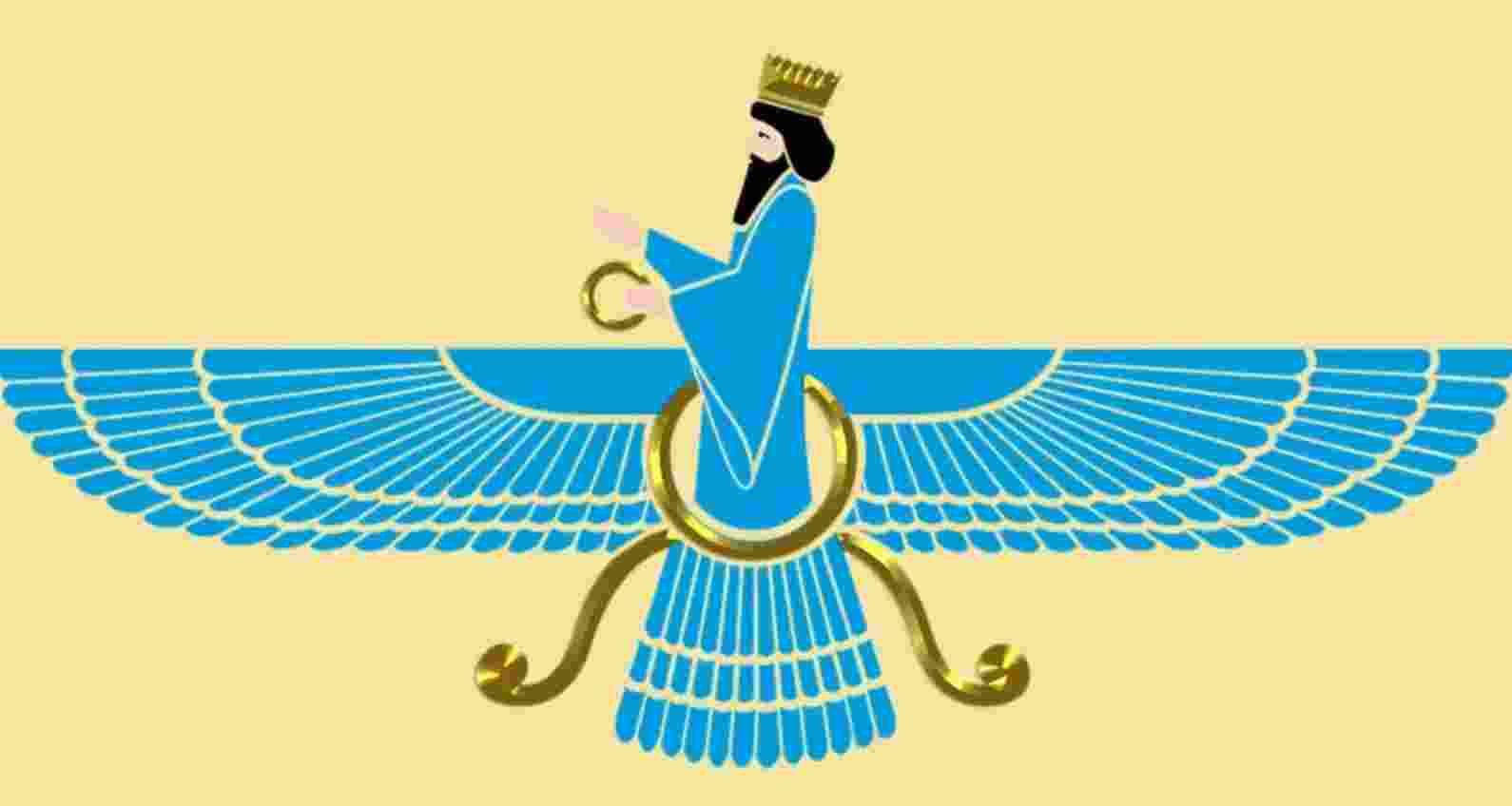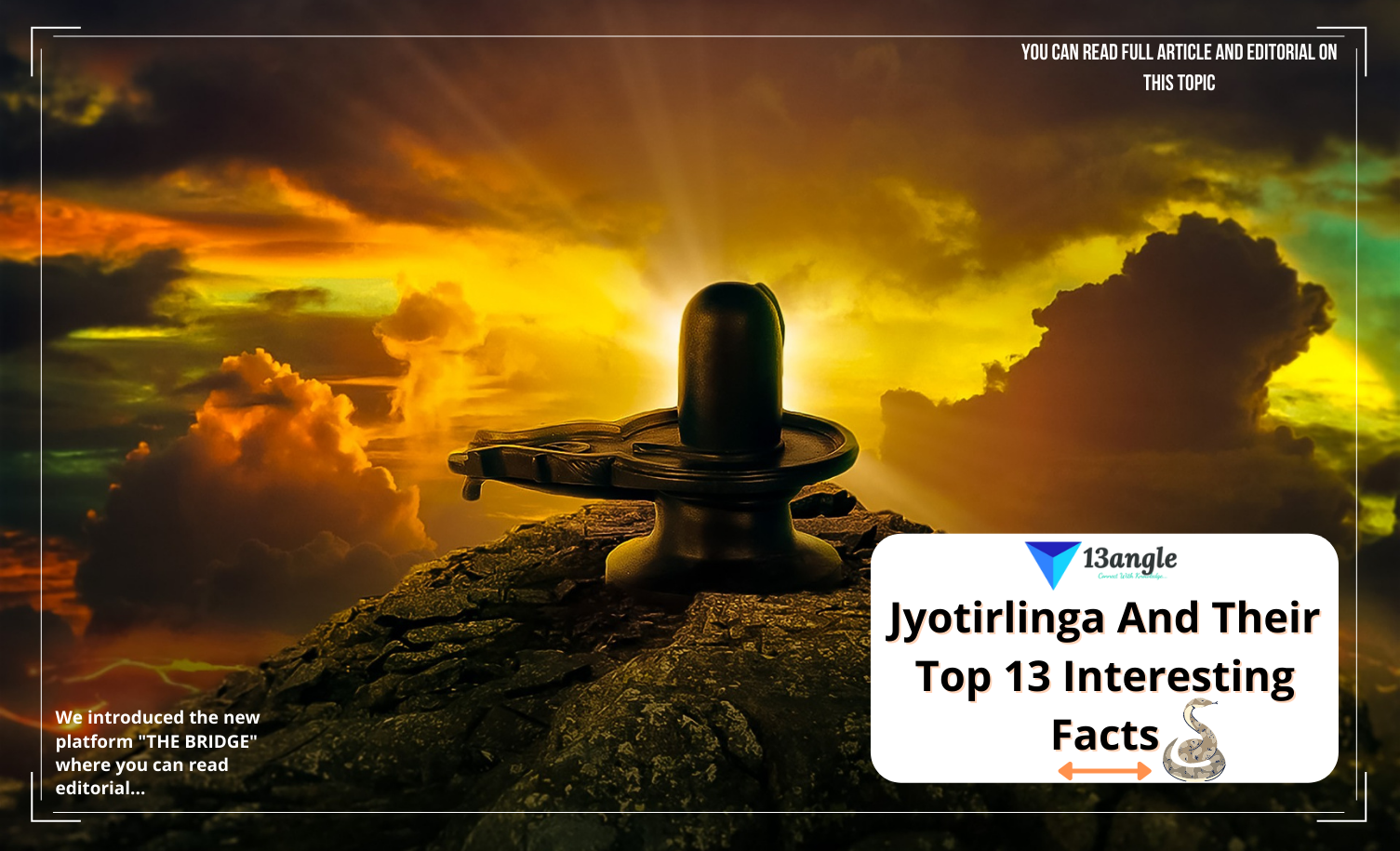
History
Also known as the Achaemenid empire, this empire is as old as civilization. The first Persian empire was an ancient Iranian empire based in Western Asia and was founded by Cyrus in 550BC. The reign continued till Xerxes reached its greatest extent. Prior to conquering and defeating nearby kingdoms. The empire was a collection of the semi-nomadic tribe that raised sheep, cattle, and goats on the Iranian Plateau. However, when conquest came when he started to defeat Median Empire, Lydia, and Neo-Babylonian Empire, and then he (Cyrus the Great) finally established Achaemenid Empire.
- The Achaemenid Empire was created by nomadic Persian in the western Iranian Plateau who were initially rulers of the Elamite city of Anshan close to the city of Marvdasht.
When Cyrus defeated Medes, he captured Astyages and took over the Median capital city of Ecbatana.
Cyrus is credited and praised by the Hebrew Bible for conquering Babylon and releasing the people of Judah from exile and giving authority to ensure Jerusalem and the temple was reconstructed.
Cyrus presumably died in the year 530BC on a Military expedition and was succeeded by Cambyses II.
The capital of Persia is Persepolis.
Government And Military
- Before Cyrus conquered, the empire comprised more than one separate state with a total of 44 capitals which are Pasargadae, Babylon, Susa, and Ecbatana. The size of the Persian army under Cyrus the Great was enormous, to this effect, the system of administration then was a satrapy system. A satrap usually was the governor who administered the region, ensured order, and supervised military recruitment. The creation of a professional army was paramount for enforcing the peace and authority of the king in the situation of rebels or threats within the regions.
The government was based on a system of absolute monarchy with a decentralized system of administration.
The general and state secretary reported directly to the satrap and central government.
Cyrus being a Zoroastrian led to the popularity of the religion and developed in the year 1500-1000 BCE.
The task of developing a naval force fell on Darius the Great Since Cyrus died battling the Iranian insurgency.
A strappy was in use from 550 BC through 651 BC with little amendment up until the Sassanian Empire fell into Muslim Arabas in the 7th.
The Persian Army was divided into regiments of a thousand with each being called a hazarabam Ten hazarabams formed a haivarabam and the best haivarabam were the immortals, the king’s personal guards.
- Going to battles they made use of bowls, arrows, javelins, spears, swords, and axes.
Culture
Asian culture flourished mostly in the time of King Cyrus the Great, Persian culture, however, influenced the Greeks and many other civilizations and its effect still resounds in present times. They invented musical instruments known as cartar (popularly known as tar) and sestar which is present-day known as the guitar.
They developed the first ever known refrigerator known as yakhchal a dome structure that produced ice and kept food cold.
Qanat was a system of irrigation for ensuring food was kept stable throughout the whole year.
They invented the Postal service, given their large expanse of land. The history of the postal service and the motto of the US postal service comes from Herodotus, which is a name describing Persian messengers.
Cyprus the Great established the first written document regarding human rights through the Cyrus Cylinder which authorized the tolerance of other’s beliefs throughout the empire.
They invented their own alphabets, Sulphur acid, and the craft of perfumery (Persian polymath Avicenna between 980-1037 CE).
Religion

- A long time ago, the Aryan tribe who settled on the plateau of Iran brought their Ahura Mazda god with other lesser gods. Other popular gods then were Mithra (god of covenants and the rising sun), Anahita (goddess of fertility, health, and wisdom), and Atar (god of fire). At some point in 1500-1000 BC the Persian prophet, Zoraster claimed to receive a revelation from Ahura Maza and the new religion Zoroastrianism a religion that recognized Ahura Mazda as the supreme being.
Ahura Mazda
According to religious belief, after death all souls would cross Chinvat Bridge with the righteous going to the House of Song known as Paradise and those who followed the part of evil, lies, and chaos (Angra Mainyu) would drop in the house of Lies signifying Hell a place where one will be alone forever.
Zoroaster kept the ritual of the yajna and the concept of fire as a divine element
Zoroastrianism practiced is said to become an important element in the later religion of Judaism, Christianity, and Islam.
The priest then was referred to as Magi.
Economy
- The sole responsibility of the king was to ensure the smooth running of the empire, and this he did being assisted by the magi, family, and nobles that counseled him. The economy was mostly agrarian, and crops like barley, beans, figs, grapes, and sesame seeds were traded. The priest was the one in charge of the economic running of the empire and was sometimes referred to as a banker. Magi offered loans with a 20% loan attached to them. Sometimes interest was waived for some reason.
Trade was carried out around present-day India, to the coast of Turkey, and down through the Levant and Egypt.
Under Darius I, a canal was built in Egypt connecting River Nile to the Red Sea making it possible to trade with subject nations.
Lands, businesses, livestock, slaves, and Homes could be bought on credit from the priest, and a return on investment was expected.
A standardized currency known as Daric was for trade.
Each satrap was expected to levy and collect taxes.
Merchants could either be male or female and they were free to spend their money as they pleased especially if they became super rich. Women were also given the right to spend their money as men did.
Peasants were the pillar of the economy and they comprised largely of skilled and unskilled laborers. Unlike Egyptian slaves, peasants could own their land, herd, and could work on the king’s projects when called upon by the satraps. There was no such thing as inferiority against them.
Darius I made a law excluding slaves to be beaten and mistreated. They were regarded as free-born and they received compensation for their labor, shelter, and clothing and lived better lives under Persian rule.
Fall Of The Empire

- The empire performed tremendously during Cyrus the Great and Darius I, the economy started to experience a glitch in the hands of other rulers who depleted much of the royal treasure from funding military operations to invade the Greeks. That aside, heavy taxes led to a slump in their economy and put the kingdom in a slippery state. Persian leaders and Straps also started hoarding royal treasures for themselves thereby preventing its even circulation.
However, during the reign of Artaxerxes III, Philip II of Macedonia rose to power and in 337 BC he already formed the League of Corinth to liberate the Greek cities
Despite Philip’s efforts, he was assassinated by Darius III Instigation in 336 BC.
In 334 BC Alexander the Great of Macedon defeated Persian armies at Granicus, Issus in 33 BC, and finally Gaugamela in 331 BC. In 330 BC, he matched Persepolis and took over. As a result of Alex’s invasion, Cyrus’s tomb was raided, and several luxuries looted. With this happening, Alexander ordered Aristo ulus to improve upon the destroyed tomb as a display of his power rather than a show of sympathy for the deed.
Darius sought refuge in Ecbatana when the Persian was defeated but rather, he was killed by his own kin Bessus who declared himself Artaxerxes V.
With his conquest, Alexander still retained the administrative structure of Achaemenid. He reigned until his death in 323 BC. After his death, the empire was split among his generals and even though they all tried to maintain it, the glory and power of the old time Persia were never recovered.
Top 13 Interesting Facts About Persian Empire
Persians were the first to establish a regular communication route between ―Africa, Asia, and Europe.
They were the first to maintain a charter for human rights known as Cyrus Cylinder.
The name Persia comes from Persis a region close to the Persian Gulf in the province of Pars. Cyrus the Great came from this region.
Persian created the first refrigeration system known as Yakhchals which was used for grinding grains and pumping water.
Pasargadae is home to the oldest and most sophisticated garden in history.
Murex dye was one of the most expensive and valued possession during the Persian era obtained from the murex shells.
Persian empire began military training for boys from the age of 5 to 20 years since the empire needed a large army to defend the enormous territory.
Persian is regarded as the hometown of wine. Winemaking was popular among the Iranian even before Babylon or the Achaemenid empires. The city of Shiraz was a hub for grape and wine production, grape cultivation dating as far back as 2500 BC.
Queen Atossa, the daughter of Cyrus the great was the first person ever known to be diagnosed with breast cancer and she survived it. Can you link me up with her physician then?!
Ancient Persians subscribed to the first even monotheistic religion known as Zoroastrianism. Present-day Christianity and Islam have its root in this religion.
The word Paradise was a derivative from the Avestan word Paridaiza which means enclosed garden.
Persia had something called a sober decision: If a king decided while he was drunk in Persia, it had to be reviewed the following day. Wow! How do I wish Putin’s decision to attack Ukraine was due to him being drunk, disastrous?
Sisamnes a corrupt judge was caught and skinned alive, whoa! His skin was used to cover a chair which the next judge sat on, to serve as an example and constant reminder of and consequences of him not doing his job properly. Was the king that mean?






